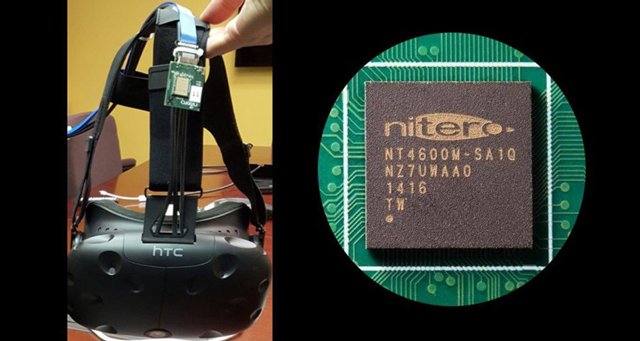One of the biggest problems faced by desktop virtual reality at the moment is cable, which greatly affects immersion. Virtual reality hardware manufacturers have always wanted to completely wirelessly display their heads, but the problem is not so easy to solve. Now Valve announced that they have invested in Nitero, the company dedicated to 60GHz wireless solutions.

Sven Mesecke, co-founder and vice president of Nitero, said that Valve invested "a lot of money" in the company and at this year's CES the company demonstrated an early version of their technology. Nitero's wireless virtual reality solution involves two key components, the 60GHz transmitter and wireless transmission coding to reduce the delay of all image data transmission to the head. According to Mesecke, Nitero's technology "is a robust, low-latency solution that is designed for virtual reality."
One of the biggest hurdles that Nitero technology faces is that on our first attempt we found that when the head was displayed and the transmitter was obstructed, it lost the signal (Line-of-sight viewing technology was used in wireless communication. The transmitting and receiving antennas must be able to look directly at two points with no blocking in the middle. Mesecke said that this problem has been solved using "custom beamforming" (beam forming), which will help locate the user and indicate that it will work even if it is occluded.
In January, Nitero set the release target at the end of the year, but now the time has changed. As a technology supplier, Nitero does not intend to directly produce products for sale to consumers. Instead, it works with third parties to supply their new technological products. "Now is our partner to decide when to release this product."
Nitero said that Valve is not their only partner, but there are other areas beyond the head. “We are also talking with 360-degree camera companies or other peripheral manufacturers,†Mesecke said.
At Oculus Connect last week, Michael Abrash, Oculus's chief technology officer, listed wireless desktop VR as part of a five-year VR timeline. The announcements of Valve and Nitero made the timetable more persuasive and may even happen earlier than this.